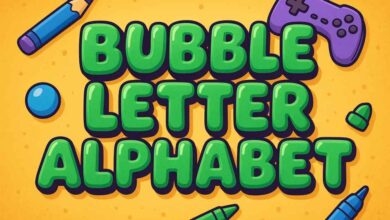Nytimes Wordle Smart Strategies and Daily Tips to Improve Your Streak
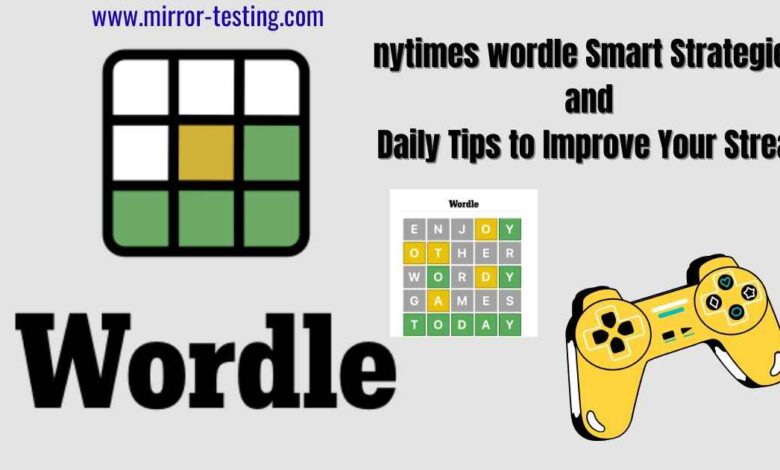
If you play nytimes wordle, this short guide gives clear, practical tactics, data-backed starting words, a calm 6-move routine, and quick daily drills to boost your accuracy and protect your streak without revealing answers. Use these simple steps to play smarter and win more consistently
Why This Guide and Why Streaks Matter
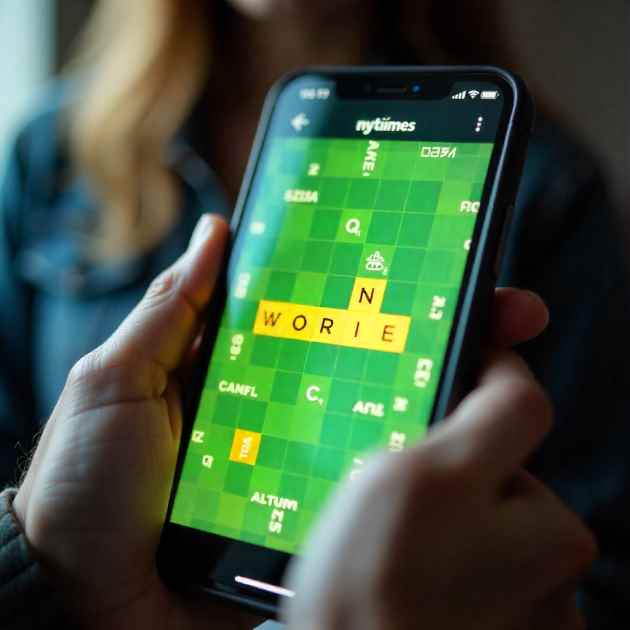
If you play nytimes wordle, you know the tiny thrill each morning: six guesses, five letters, and the satisfying green squares when everything clicks. A streak makes that pleasure repeat day after day. But streaks are not only luck — they come from choosing informative guesses, knowing how to interpret feedback, and having a calm plan when the clock or stress is present.
Quick Primer: What nytimes wordle is and how it works
nytimes wordle is a daily five-letter puzzle. You have a total of six opportunities to figure out the secret word. After each guess the game gives color feedback:
- Green means the letter is correct and in the right place.
- When a letter turns yellow, it indicates that the letter exists in the word but is located in a different spot.
- A gray letter indicates that it is not part of the correct answer.
The game uses a set list of five-letter solutions. That limited pool makes some letters, endings, and positions more likely than others. Understanding those tendencies helps you make faster, safer decisions and protects your streak.
The Logic Behind Good Guesses: information over ego
Many players pick guesses based on what “feels” right. That’s fine for fun, but if you want to protect a streak, play for information. Each guess should either:
- Find a correct letter and position, or
- Eliminate many wrong possibilities.
Think of the game like detective work. The first two guesses should collect the most clues. Later guesses use those clues to narrow down the suspects.
Letter Frequency and Patterns: the basics you should know
Across the pool of five-letter answers, some letters show up far more often than others. A handful of letters give you more mileage early in the game because they appear in many words and in useful positions.
A few practical points:
- Vowels matter. Getting at least one vowel early often splits the candidate list dramatically.
- Common consonants are more likely to appear than rare ones. Using guesses that include several common consonants gives you more useful feedback.
- Certain endings and suffix patterns appear often. If you see a green at the last spot, common endings can guide your next guess.
- Repeated letters (double letters) do occur. Don’t assume once you see a letter that it can appear only once.
You don’t need to memorize a frequency table. Just aim to use guesses that mix vowels and common consonants to maximize useful feedback.
Best Starting-Word Strategies (pick one and stick with it for a week)
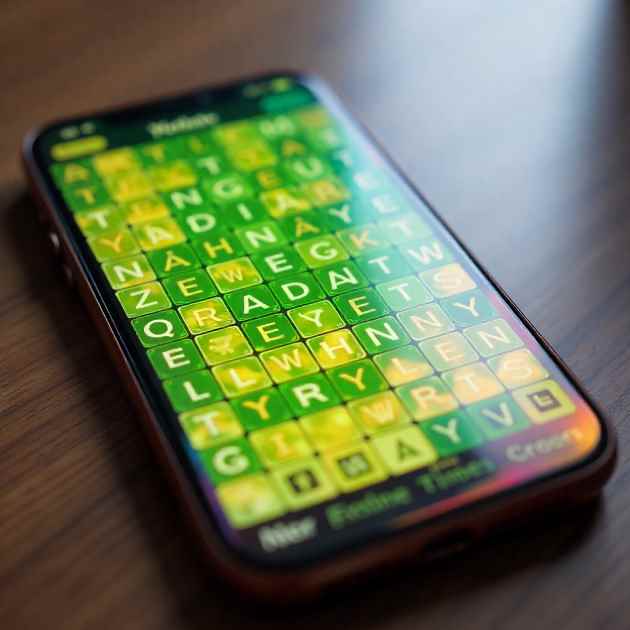
There are two practical ways to start most games. Try both over time and keep the one that gives you fewer average guesses.
Single strong starter
Choose one five-letter word that covers multiple vowels and high-frequency consonants. Examples many players use are words like raise, slate, crate, trace, and raise variations. These words balance common vowels and consonants and often reduce the number of possible answers right away.
How to use it: Use your chosen starter every day for a week and track how often it gives you at least one green or two yellows.
Two-step seed approach
Use a vowel-heavy first guess, then follow with a consonant-heavy second guess if needed. Common vowel-first words include audio, adieu, or ouija (if you want to test many vowels quickly). Your second guess should cover the most common consonants that your first guess did not test.
How to use it: Try vowel-first for a week and record how many puzzles are clearer after guess two.
Which is better? On average, both approaches work. Information-theory analyses show some single starters score slightly better in expected information gain, but many players find the two-step method easier to think through. The key is consistency: use one method long enough to measure its effect.
A Calm, Repeatable 6-move Framework You Can Rely On
This is a simple routine you can use in every game. It reduces panic and makes each guess count.
Guess 1 — Maximize information
Use your starter of choice. The goal is to test useful vowels and common consonants.
Guess 2 — Interpret and expand
If you found vowels or consonants, use a second guess that repositions yellows and tests new letters. If your first guess found nothing, use five entirely new letters on guess two.
Guess 3 — Narrow the pool
By now you should be down to a manageable list of candidates. Choose a word that tests likely placements and rules out many remaining options.
Guess 4 — Begin committing
If you have two or more greens or a near-complete pattern, start committing to plausible answers. Prefer words that confirm positions you’re unsure about.
Guess 5 — Test the best candidates
If you’re down to a couple of choices, use guesses that either confirm the exact solution or eliminate multiple remaining possibilities.
Guess 6 — Best probability pick
Take your best shot. Choose the candidate that fits the known pattern most naturally rather than a wild obscure possibility.
Using this framework makes the game less about luck and more about method. Each move should either lock something down or eliminate many wrong tracks.
Handling Repeated Letters and Tricky Placements
Repeated letters can be sneaky. If you get a green for a letter and later a yellow for the same letter, a repeated letter may be present. Here’s how to handle repeats and odd placements:
- If you suspect a repeated letter, choose a guess that includes the letter twice (if possible) to test the idea.
- If words often end in certain letters for the puzzle pool, treat a green at the last slot as a big hint and test common endings.
- Don’t waste guesses chasing rare words unless the pattern strongly supports them.
A simple rule: when unsure, pick the guess that either confirms a repeat or eliminates a large chunk of candidates.
Hard Mode: A Tool, Not a Gimmick
Hard Mode forces you to reuse any revealed letters in subsequent guesses. It sounds harder, but it trains discipline. Players who practice Hard Mode often get better at using clues efficiently because they can’t make exploratory guesses that ignore discovered letters.
If you want to improve your streak, try Hard Mode in short bursts for example, one week at a time. It’s a training tool that forces cleaner thinking and reduces wasted turns.
Common Traps and How to Avoid Them
- Stubborn hypothesis: Don’t lock onto one theory early. Keep three plausible words in mind until greens confirm one.
- Vowel neglect: If you haven’t found a vowel after two guesses, actively target missing vowels.
- Obscure-word temptation: Avoid obscure words unless the pattern strongly points there. They often waste your last guesses.
- Suffix bias: Common endings are helpful, but don’t let a likely suffix force you to ignore other letters.
When in doubt, reset: pick a guess that gives you the most new letters and information.
Short, Practical Walkthroughs You Can Practice Now
These short examples show the reasoning flow. They are examples only, not daily spoilers.
Walkthrough 1 — Green early
- Guess 1: starter → result: one green, one yellow.
- Guess 2: keep green fixed, reposition the yellow and test 2–3 new letters.
- Guess 3: use the new information to choose among a few likely words and commit.
Walkthrough 2 — All grays early
- Guess 1: starter → all grays.
- Guess 2: pick a word with five new letters (especially vowels if missing). This gives a fresh base.
- Guess 3–4: narrow based on the new info; by guess 4 commit to likely answers.
Walkthrough 3 — Two letters, unknown order
- Guess 1: starter → two yellows, order unknown.
- Guess 2: reposition both letters and add new letters to test.
- Guess 3: often will lock one letter or confirm the correct order.
Practice these flows in a practice or archive environment until they feel natural.
A 7-Day Practice Plan (5–15 minutes each day)
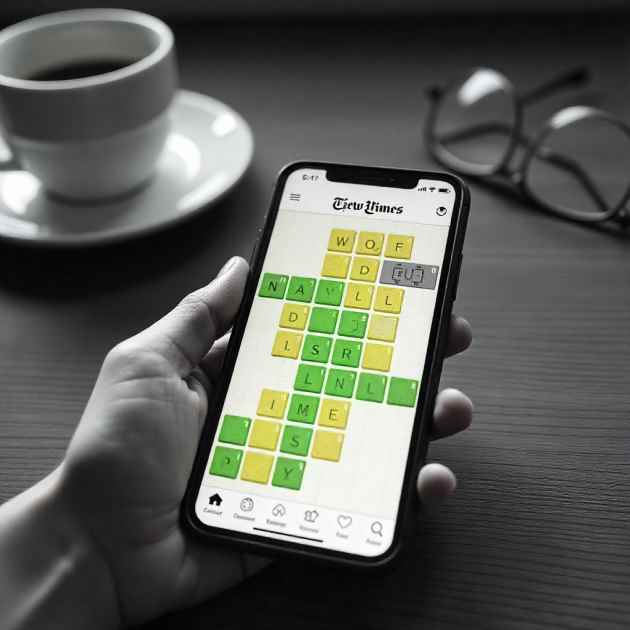
This compact week will train the core skills that protect streaks.
Day 1 — Starter practice (10 minutes): Pick a single strong starter and play several practice puzzles using it. Note how often you get green/yellow feedback.
Day 2 — Two-seed drill (10 minutes): Use a vowel-first starter then a consonant-heavy second guess. Record outcomes.
Day 3 — Position focus (10 minutes): Do drills where you focus on locking positions for discovered letters. Practice moving yellows into likely green positions.
Day 4 — Repeat-letter workout (10 minutes): Play puzzles focusing on detecting and confirming double letters.
Day 5 — Hard Mode day (10–15 minutes): Play in Hard Mode or force yourself to keep revealed letters in subsequent guesses.
Day 6 — Timed solves (5–10 minutes): Set a 3–4 minute limit per puzzle to practice making clear fast choices.
Day 7 — Review and adjust (15 minutes): Check your notes. Which starters worked best? Which common mistakes cost you guesses? Adjust your starter choice for the next week.
Recording a simple log puzzle, starter used, guesses needed helps you see real improvement.
Practice Tools and Ethical Notes
Use practice versions, archived puzzles, and curated five-letter word lists to train. These let you improve without spoiling the daily game.
Ethical note for writers and site owners: avoid posting daily spoilers. Help readers learn tactics instead of giving away answers. That preserves the shared enjoyment of the puzzle.
Image and Visual Asset Ideas
- Hero image (1200 × 630): A stylized Wordle grid with a headline overlay and a few colored tiles, but no real daily answer shown. Alt text should include the phrase nytimes wordle.
- Charts: A simple bar chart showing how often a handful of letters appear in common five-letter words.
- Example solves: Small annotated mock grids showing how to interpret yellows and greens. Label them as examples.
These visuals increase engagement and make tactics easier to grasp.
How To Measure Improvement (simple metrics)
To know whether your practice works, track a few basic numbers in a simple table or notebook:
- Average guesses per puzzle (over 7–14 puzzles).
- Percentage of solves in 3 guesses or fewer.
- Number of days you completed the puzzle without guessing the answer directly from spoilers.
Compare week-to-week after trying a starter strategy or Hard Mode practice. Small improvements compound quickly.
Practical Tips for Real-Life Play
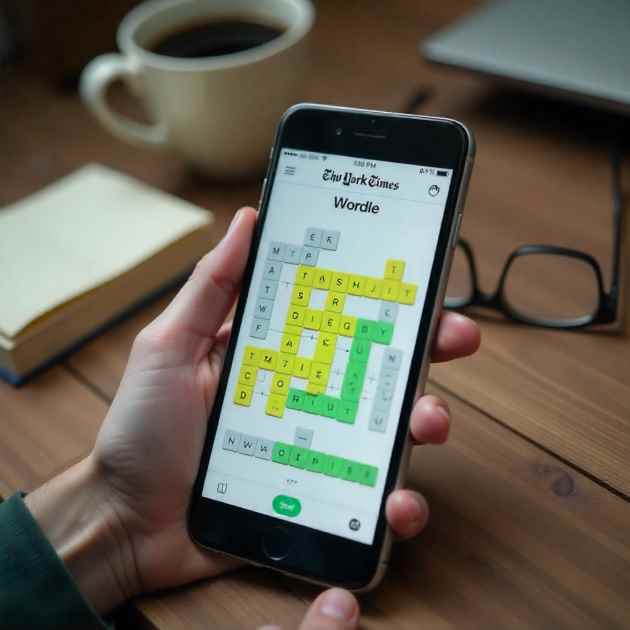
- Play when you can focus for 3–5 minutes. Distracted plays often lead to wasted guesses.
- If stuck on guess 4, don’t panic: pick the answer that fits the pattern most naturally rather than a rare oddball.
- Use mental shorthand to track candidates often you only need to compare two or three plausible words.
- When trying a new starter, give it at least 14 puzzles to judge properly. Short samples can mislead.
Conclusion
Choose a starter approach: single strong seed or two-step vowel-first method. Try it for a week.
- Use the 6-move framework every day so your decisions become routine rather than panicked.
- Do the 7-day practice plan to strengthen the skills that protect your streak.
If you follow these steps, your nytimes wordle solves will become more consistent and less stressful. The game stays fun when your decisions become calm and reliable.
FAQs
Q: What is nytimes wordle?
A: A daily five-letter puzzle where you have six guesses to find the answer using color feedback.
Q: Which starting words should I try?
A: Try starters that mix vowels and common consonants, such as raise, slate, crate, or try a vowel-first seed like audio followed by a consonant-heavy second guess.
Q: Is Hard Mode better for streaks?
A: Hard Mode trains discipline and can improve accuracy for players who practice it. Try it in short blocks to see whether it helps your solving style.
Q: How should I protect a streak when I’m busy?
A: Build a short daily ritual and avoid rushed plays. If you must travel, play at your usual time or use practice puzzles to keep skills sharp.
Q: How do I handle repeated letters?
A: If you suspect repeats, use a guess that includes the suspected letter twice to confirm. Repeats are common enough to check for.
